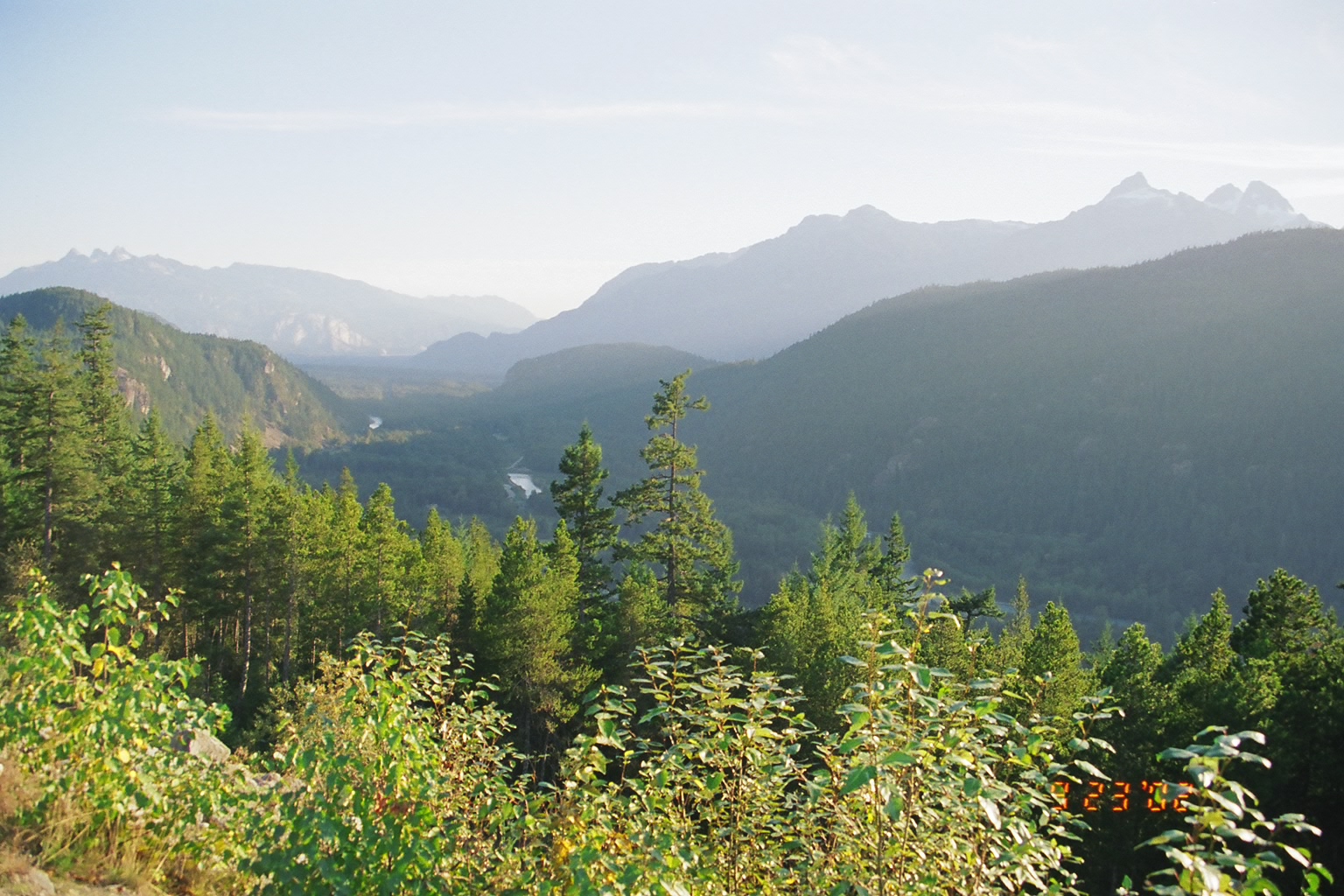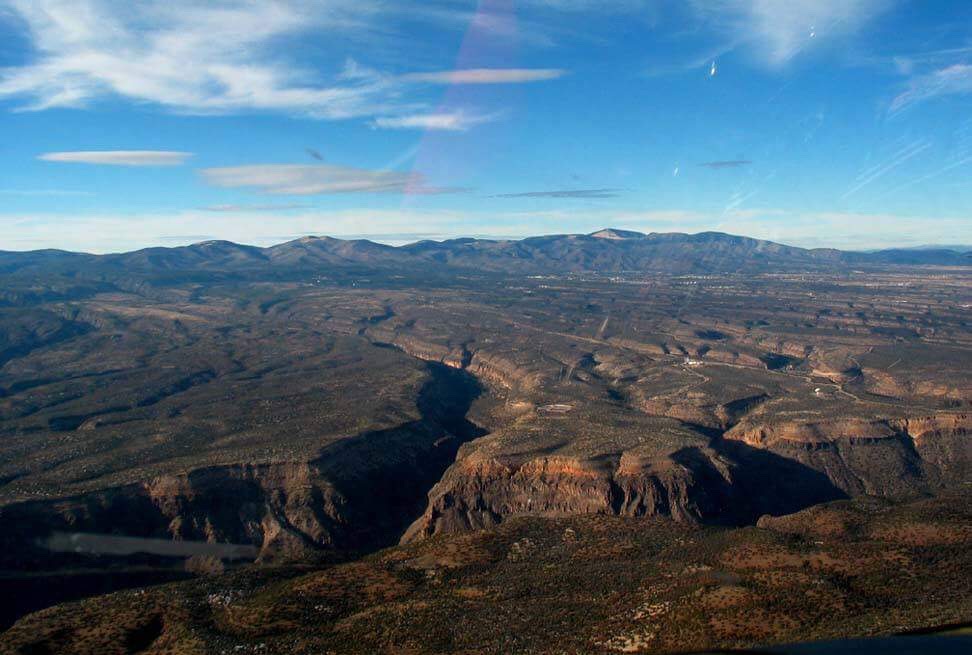|
Liard Plateau
The Liard Plateau is a plateau in far northern British Columbia, Canada, located between the Smith and Liard Rivers, and extending north into the Yukon. See also * List of physiogeographic regions of British Columbia * Geography of British Columbia *Liard Plain The Liard Plain is a landform in far northern British Columbia, Canada. It is located between the Smith River and the Dease Plateau. See also *Geography of British Columbia *List of physiogeographic regions of British Columbia The following lis ... References {{coord, 59, 40, 00, N, 125, 30, 00, W, display=title Plateaus of British Columbia Liard Country Landforms of Yukon ... [...More Info...] [...Related Items...] OR: [Wikipedia] [Google] [Baidu] |
Plateau
In geology and physical geography, a plateau (; ; ), also called a high plain or a tableland, is an area of a highland consisting of flat terrain that is raised sharply above the surrounding area on at least one side. Often one or more sides have deep hills or escarpments. Plateaus can be formed by a number of processes, including upwelling of volcanic magma, extrusion of lava, and erosion by water and glaciers. Plateaus are classified according to their surrounding environment as intermontane, piedmont, or continental. A few plateaus may have a small flat top while others have wide ones. Formation Plateaus can be formed by a number of processes, including upwelling of volcanic magma, extrusion of lava, Plate tectonics movements and erosion by water and glaciers. Volcanic Volcanic plateaus are produced by volcanic activity. The Columbia Plateau in the north-western United States is an example. They may be formed by upwelling of volcanic magma or extrus ... [...More Info...] [...Related Items...] OR: [Wikipedia] [Google] [Baidu] |
British Columbia
British Columbia (commonly abbreviated as BC) is the westernmost Provinces and territories of Canada, province of Canada, situated between the Pacific Ocean and the Rocky Mountains. It has a diverse geography, with rugged landscapes that include rocky coastlines, sandy beaches, forests, lakes, mountains, inland deserts and grassy plains, and borders the province of Alberta to the east and the Yukon and Northwest Territories to the north. With an estimated population of 5.3million as of 2022, it is Canada's Population of Canada by province and territory, third-most populous province. The capital of British Columbia is Victoria, British Columbia, Victoria and its largest city is Vancouver. Vancouver is List of census metropolitan areas and agglomerations in Canada, the third-largest metropolitan area in Canada; the 2021 Canadian census, 2021 census recorded 2.6million people in Metro Vancouver Regional District, Metro Vancouver. The First Nations in Canada, first known human inhabi ... [...More Info...] [...Related Items...] OR: [Wikipedia] [Google] [Baidu] |
Smith River (British Columbia)
Smith River may refer to: Rivers Canada * Smith River (Liard River tributary), British Columbia * Smith River (Montmorency River tributary), Québec ** Petite rivière Smith, a tributary Jamaica * Smith River (Jamaica) United States * Smith River (California) ** North Fork Smith River (California), that begins in Oregon * Smith River (Montana) * Smith River (Pemigewasset River tributary), New Hampshire * Smith River (Umpqua River tributary), Oregon * Smith River (McKenzie River tributary), Oregon * Smith River (Virginia), in Virginia and North Carolina Places * Smith River, British Columbia Smith River is an abandoned emergency airport and weather station in the Liard Country of far northern British Columbia, Canada. It is located southwest of the junction of Shaw Creek with the Smith River, which enters the Liard between the conf ..., Canada * Smith River, California, United States See also {{geodis ... [...More Info...] [...Related Items...] OR: [Wikipedia] [Google] [Baidu] |
Liard River
The Liard River of the North American boreal forest flows through Yukon, British Columbia and the Northwest Territories, Canada. Rising in the Saint Cyr Range of the Pelly Mountains in southeastern Yukon, it flows southeast through British Columbia, marking the northern end of the Rocky Mountains and then curving northeast back into Yukon and Northwest Territories, draining into the Mackenzie River at Fort Simpson, Northwest Territories. The river drains approximately of boreal forest and muskeg. Geography The river habitats are a subsection of the Lower Mackenzie Freshwater Ecoregion. The area around the river in Yukon is called the ''Liard River Valley'', and the Alaska Highway follows the river for part of its route. This surrounding area is also referred to as the ''Liard Plain'', and is a physiographic section of the larger Yukon–Tanana Uplands province, which in turn is part of the larger Intermontane Plateaus physiographic division. The Liard River is a crossi ... [...More Info...] [...Related Items...] OR: [Wikipedia] [Google] [Baidu] |
Yukon
Yukon (; ; formerly called Yukon Territory and also referred to as the Yukon) is the smallest and westernmost of Canada's three territories. It also is the second-least populated province or territory in Canada, with a population of 43,964 as of March 2022. Whitehorse, the territorial capital, is the largest settlement in any of the three territories. Yukon was split from the North-West Territories in 1898 as the Yukon Territory. The federal government's ''Yukon Act'', which received royal assent on March 27, 2002, established Yukon as the territory's official name, though ''Yukon Territory'' is also still popular in usage and Canada Post continues to use the territory's internationally approved postal abbreviation of ''YT''. In 2021, territorial government policy was changed so that “''The'' Yukon” would be recommended for use in official territorial government materials. Though officially bilingual (English and French), the Yukon government also recognizes First Na ... [...More Info...] [...Related Items...] OR: [Wikipedia] [Google] [Baidu] |
List Of Physiogeographic Regions Of British Columbia
The following list comprises the physiogeographic regions of the Canadian province of British Columbia as defined by S.S. Holland in Bulletin 48 of the Ministry of Energy, Mines and Petroleum Resources' ''Landforms of British Columbia''. Western Cordillera (Canadian Cordillera) Western System Outer Mountain Area *Saint Elias Mountains **Fairweather Range ** Duke Depression **Alsek Ranges ** Icefield Ranges *Insular Mountains **Queen Charlotte Mountains ***Skidegate Plateau *** Queen Charlotte Ranges ** Vancouver Island Mountains ***Vancouver Island Ranges *** Alberni Basin *** Estevan Lowland (aka Estevan Strandflat) Coastal Trough *Hecate Depression **Queen Charlotte Lowland ***Argonaut Plain ** Nahwitti Lowland *** Suquash Basin **Hecate Lowland ***Milbanke Strandflat *Georgia Depression **Georgia Lowland ***Fraser Lowland ** Nanaimo Lowland Coast Mountain Area *Coast Mountains **Boundary Ranges **Kitimat Ranges **Fiord Ranges - Geophysical Survey of Canada designation for t ... [...More Info...] [...Related Items...] OR: [Wikipedia] [Google] [Baidu] |
Geography Of British Columbia
British Columbia is the westernmost province of Canada, bordered by the Pacific Ocean. With an area of it is Canada's third-largest province. The province is almost four times the size of the United Kingdom and larger than every United States state except Alaska. It is bounded on the northwest by the U.S. state of Alaska, directly north by Yukon and the Northwest Territories, on the east by Alberta, and on the south by the U.S. states of Washington, Idaho, and Montana. Formerly part of the British Empire, the southern border of British Columbia was established by the 1846 Oregon Treaty. The province is dominated by mountain ranges, among them the Canadian Rockies but dominantly the Coast Mountains, Cassiar Mountains, and the Columbia Mountains. Most of the population is concentrated on the Pacific coast, notably in the area of Vancouver, located on the southwestern tip of the mainland, which is known as the Lower Mainland. It is the most mountainous province of Canada. Statis ... [...More Info...] [...Related Items...] OR: [Wikipedia] [Google] [Baidu] |
Liard Plain
The Liard Plain is a landform in far northern British Columbia, Canada. It is located between the Smith River and the Dease Plateau. See also *Geography of British Columbia British Columbia is the westernmost province of Canada, bordered by the Pacific Ocean. With an area of it is Canada's third-largest province. The province is almost four times the size of the United Kingdom and larger than every United States ... * List of physiogeographic regions of British Columbia References {{BritishColumbiaInterior-geo-stub Landforms of British Columbia Liard Country ... [...More Info...] [...Related Items...] OR: [Wikipedia] [Google] [Baidu] |
Plateaus Of British Columbia
In geology and physical geography, a plateau (; ; ), also called a high plain or a tableland, is an area of a highland consisting of flat terrain that is raised sharply above the surrounding area on at least one side. Often one or more sides have deep hills or escarpments. Plateaus can be formed by a number of processes, including upwelling of volcanic magma, extrusion of lava, and erosion by water and glaciers. Plateaus are classified according to their surrounding environment as intermontane, piedmont, or continental. A few plateaus may have a small flat top while others have wide ones. Formation Plateaus can be formed by a number of processes, including upwelling of volcanic magma, extrusion of lava, Plate tectonics movements and erosion by water and glaciers. Volcanic Volcanic plateaus are produced by volcanic activity. The Columbia Plateau in the north-western United States is an example. They may be formed by upwelling of volcanic magma or ext ... [...More Info...] [...Related Items...] OR: [Wikipedia] [Google] [Baidu] |
Liard Country
The Liard Country, sometimes known simply as "the Liard", is the usual name for a region of far northern British Columbia, Canada, generally describing the immediate environs of the Liard River along the Alaska Highway, and west of the line of the Rockies. Settlements in the region are few and far between, none are incorporated and nearly all are along the Alaska Highway: * Toad River *Liard River * Fireside * Lower Post The eastern part of the region is within the Northern Rockies Regional Municipality The Northern Rockies Regional Municipality (NRRM), formerly the Northern Rockies Regional District (NRRD), and before that the Fort Nelson–Liard Regional District, is a municipality in northeastern British Columbia, Canada. Although portrayed .... ReferencesUsage examples from Google Books search Cassiar Land District {{BritishColumbiaInterior-geo-stub ... [...More Info...] [...Related Items...] OR: [Wikipedia] [Google] [Baidu] |




